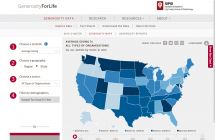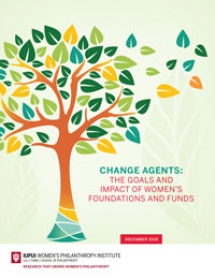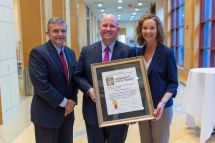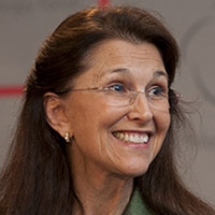
Decline in percentage of Americans who gave to charity not experienced evenly across different types of nonprofits, new research shows
The percent of U.S. households that donated to support arts, environment and international charities held steady between 2000 and 2016 as other types of causes experienced significant declines, new GenerosityForLife research by the Indiana University Lilly Family School of Philanthropy at IU Indianapolis finds. The report provides key insights for donors, fundraisers and nonprofits about 21st century philanthropy. Funded by a grant from The Charles Stewart Mott Foundation, it is part of the school’s interactive GenerosityForLife.org website, which offers research and resources on charitable giving and a multifaceted look at families’ generosity over time.










